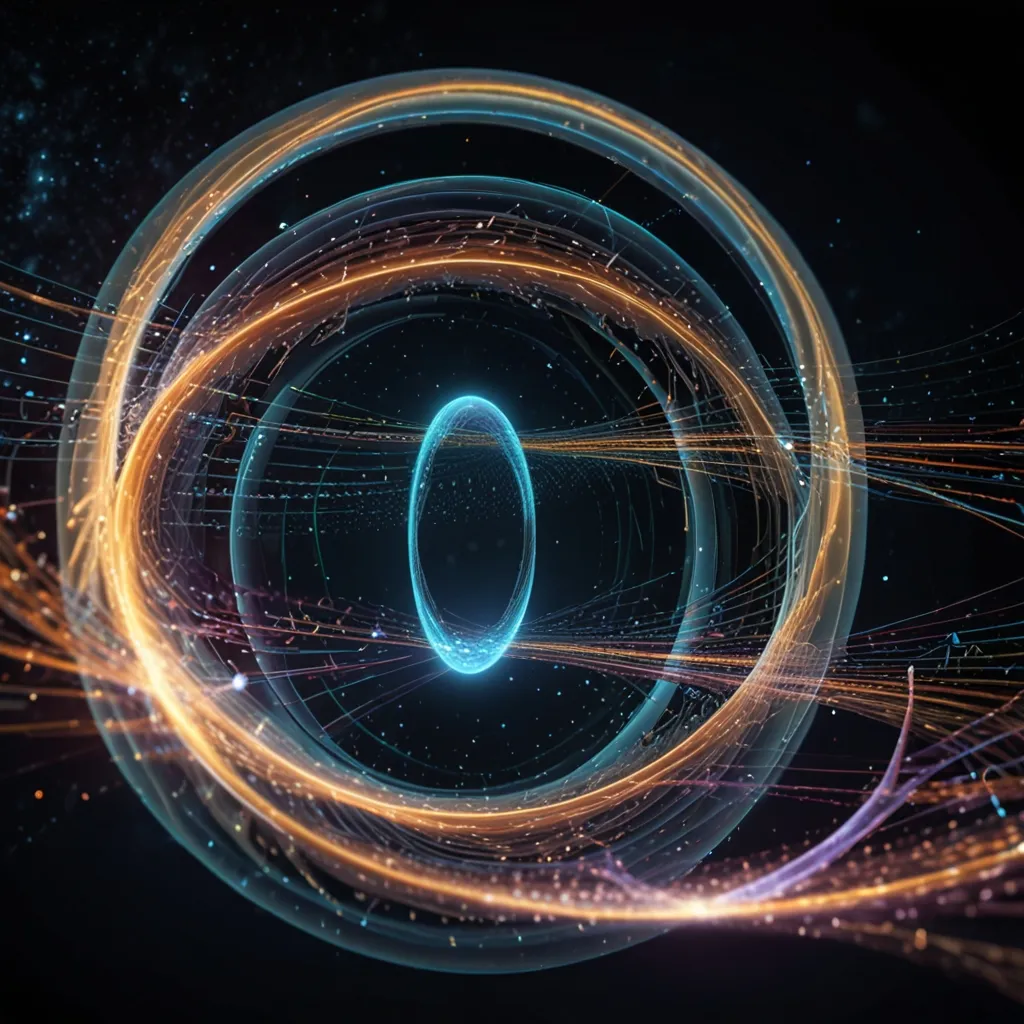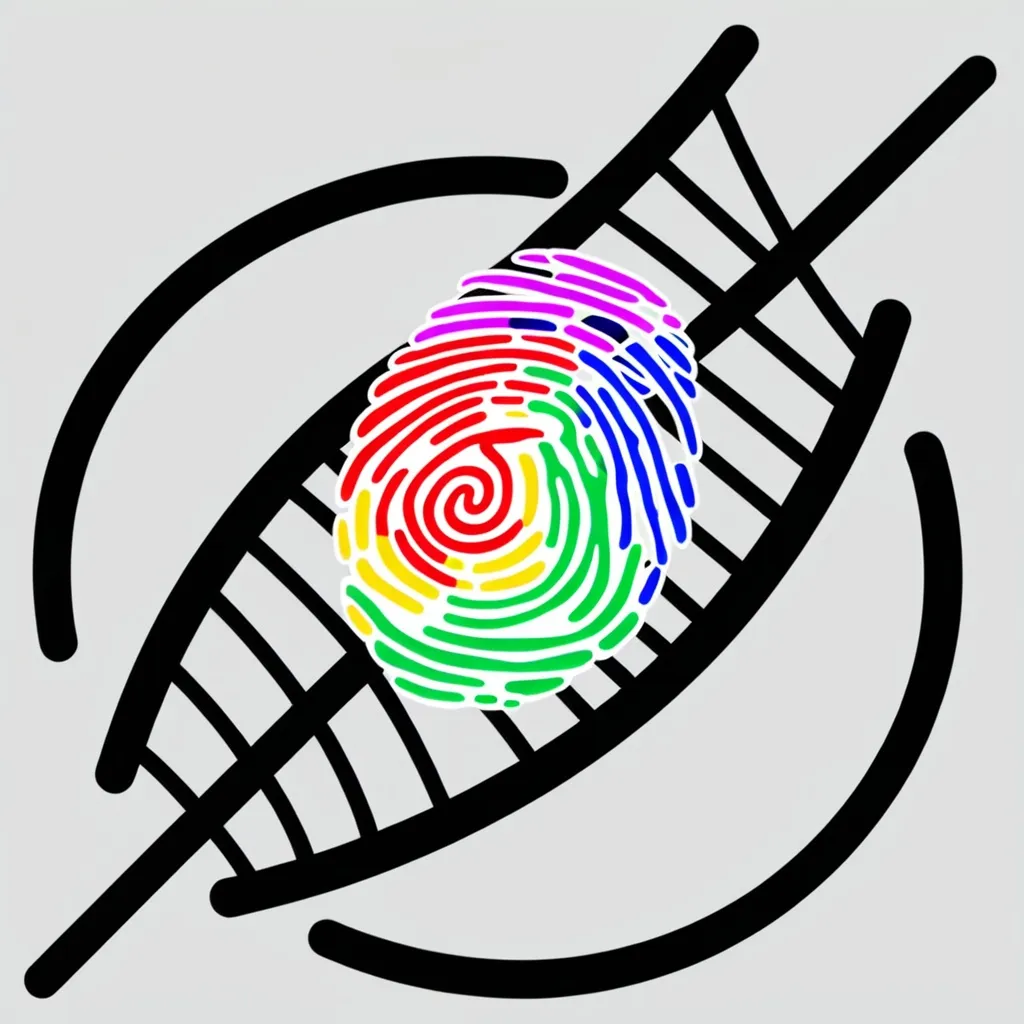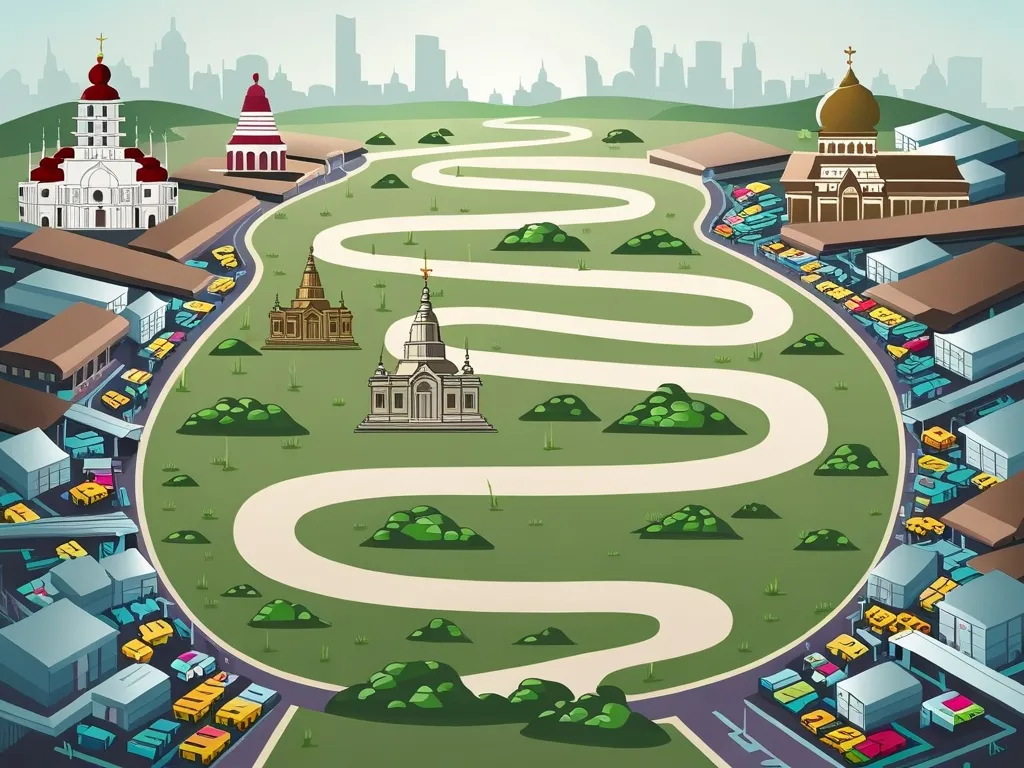Recently, exciting headlines have emerged about physicists creating a holographic wormhole using a quantum computer. This breakthrough comes from a team led by Maria Spiropulu of Caltech, leaving many to wonder if we’re inching closer to the possibility of traversing vast distances instantly through wormholes. But what did this experiment truly achieve, and how was it accomplished?
At the core of this discovery are two fundamental theories: quantum mechanics and general relativity. Quantum mechanics deals with the very small, while general relativity handles the very large. Both theories have been incredibly successful in their respective realms, but they don’t quite mesh together. When scientists try to fit general relativity into the quantum model, they get nonsensical results, often referred to as infinities, signaling a flaw in the theory.
The quest to unify these two realms into a single, cohesive theory of quantum gravity has been a long-standing goal in physics. Albert Einstein himself worked on this until his final days. Together with his collaborator Nathan Rosen, they proposed the concept of an Einstein-Rosen bridge, a type of wormhole, in a now-famous paper. Their idea was that black holes could create tubes in space-time, potentially connecting two distant points in the universe.
Parallel to this, Einstein, Rosen, and another collaborator, Boris Podolsky, published another paper describing quantum entanglement. This phenomenon links the states of particles such that measuring one instantly determines the state of its partner, regardless of the distance separating them, seemingly defying the speed of light.
In 1997, physicist Juan Maldacena showcased a mathematical equivalence between two sets of entangled particles and two black holes connected by a wormhole. Later, Maldacena and Leonard Susskind proposed the ER=EPR conjecture, suggesting that the physics of wormholes aligns with the physics of entanglement. This conjecture forms the basis of the recent work using quantum computers to simulate wormholes.
Quantum computers operate using qubits, which are essentially bits that can exist in multiple states simultaneously due to quantum superposition. In this groundbreaking experiment, researchers used Google’s Sycamore quantum computer to create an entangled state between seven qubits. They managed to simulate the behavior of a wormhole by manipulating these qubits, including simulating the negative energy needed to keep such a wormhole open.
The experiment didn’t create a real wormhole in space-time but managed to mimic its characteristics through entangled particles. The researchers confirmed this by transferring information through the simulated wormhole, noting that the information remained unscrambled, which was unexpected and significant.
This experiment shows promise in bridging some gaps between quantum mechanics and general relativity, hinting that unification might be possible. While we’re far from traversing real wormholes in space-time, this quantum simulation is a noteworthy leap forward in understanding the fundamental nature of our universe.
In the spirit of innovation and open-mindedness, we should continue to explore these bold, “crazy” ideas, as they often lead to significant advancements. The journey towards a unified theory of quantum gravity is still ongoing, and each step, including this recent one, brings us a bit closer to unlocking the mysteries of the cosmos.






